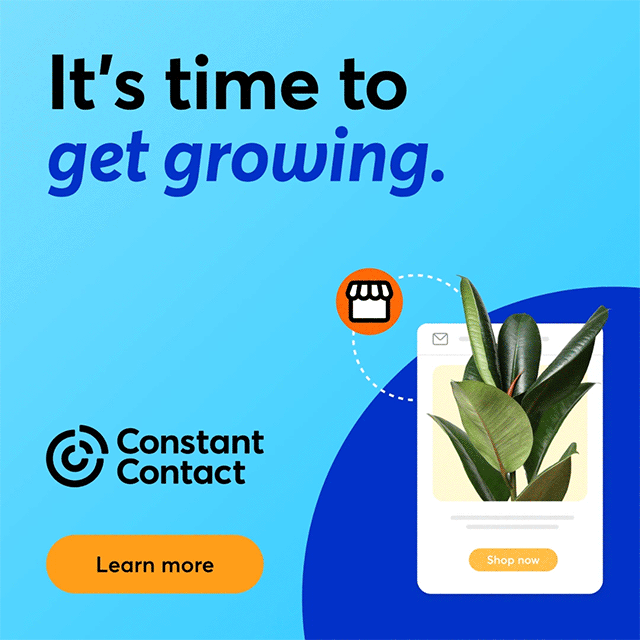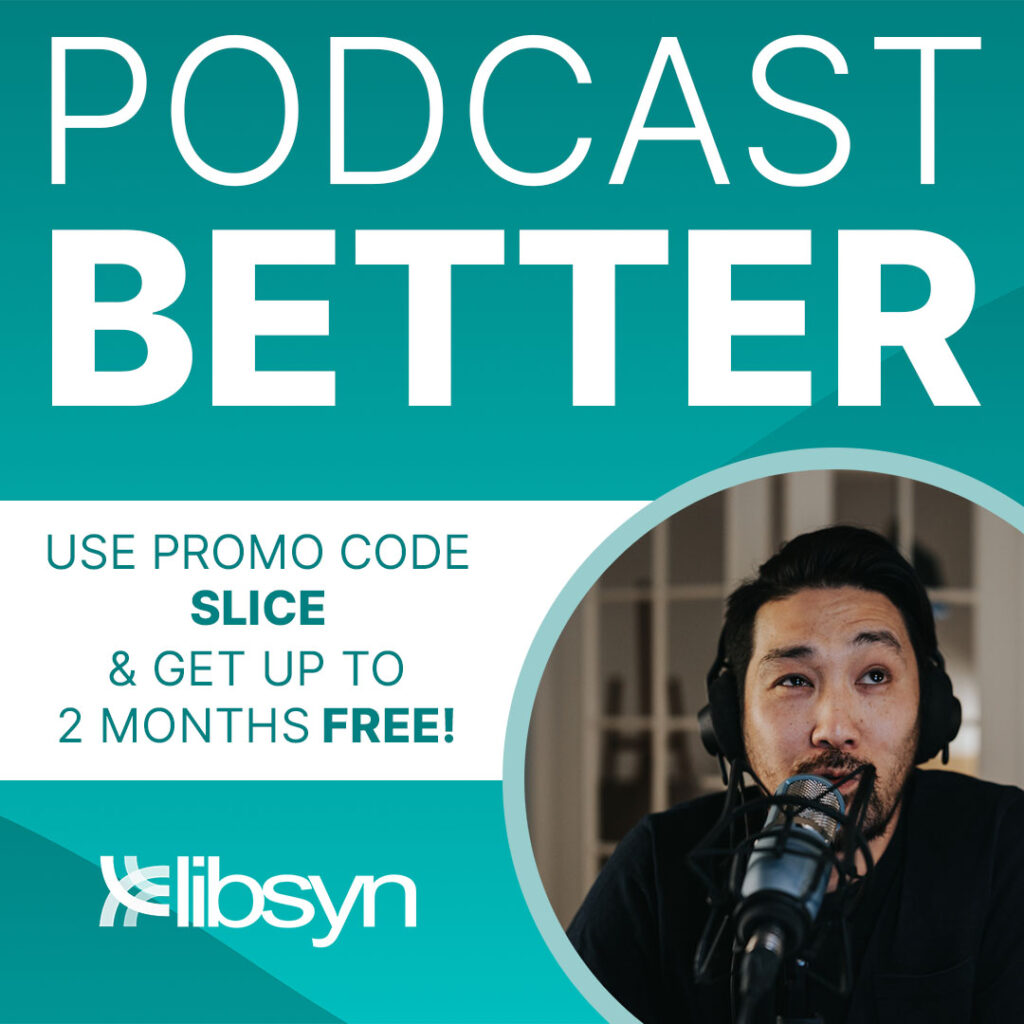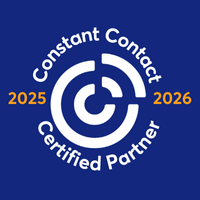When an attorney asks me why they should bother getting involved with LinkedIn I generally respond first by providing them with some facts and stats.
-
- It is only recently that lawyers have been permitted to advertise.
- For hundreds of years, attorneys built their book of business with word of mouth marketing.
- Social media marketing IS word of mouth marketing.
- In most cases, LinkedIn is the best place for an attorney to get his/her feet wet in the world of social media.
- There are almost 250 Million LinkedIn Members.
- Over 100 million LinkedIn members live in the United States.
- This past August, The Pew Research Center published a report indicating 72% of online adults are social networking site users.
- Last year, LexisNexis reported that 76% of adult Internet users in the U.S. utilized online resources when hiring an attorney.
- This past August, A Judicial Conference Committee updated the model set of jury instructions federal judges use to deter jurors from using social media to research or communicate about cases on which they serve.
In most cases, after hearing my recitation of facts and stats the attorney is ready to hear more. At this point I generally move the discussion toward practical uses of LinkedIn you can go back to your office and implement today.
Your LinkedIn Head Shot
I believe your goal on LinkedIn and other social networks is to build trust and credibility. This trust and credibility is used to build your network of clients, prospects and referral sources, all with an eye toward generating revenue. The first thing people see when they visit your LinkedIn profile is your head shot.
Any effort to build trust and credibility starts with your profile. Does it have your current head shot? I don't have the statistics, but anecdotal information tells me people have the tendency not to connect with people who don't have photos on their profiles. A solid head shot helps build trust and credibility. It doesn't have to be a professional photo (though that is preferred). But, it has to be professional looking. It should portray you as you want clients, prospects and referral sources to see you.
Your LinkedIn Profile
Next, take a look at your profile. Is it search engine optimized? Are you using all, or almost all, of the characters available to you in each section? Is your Headline clear, concise and optimized?
All these things, and more, help you build the trust and credibility you need to build your network and book of business. People want to know all they can about you and LinkedIn provides you with the room to share valuable information.
Put your name in a Google search bar and see where your LinkedIn profile appears in the search results. I bet it is in the top half of your screen. People are going to look at your profile before they meet you in person. Have you put your best foot forward? Have you provided the information people need in order to decide if they want to take the time to meet you at all.
You only have one chance to make a first impression and it all starts with your profile.
Your LinkedIn Profile URL
Go into the “Edit Profile” mode and personalize your profile's URL. Directly under your styling head shot is your profile's link. If it looks like this: http://linkedin.com/in/CarleyJones 638795401-ghytplmnkjl, it needs to be personalized.
Now, it could be that your name is already being used by someone else. That was the case with me. In that situation do the best you can. I ended up with bfriedman because someone else was using brad_friedman, bradley_friedman, bradfriedman, bradleyfriedman, etc.
Join LinkedIn Groups
Are you still thinking about building trust and credibility? If so, a great way to do that is to join and actively participate in LinkedIn Groups. There are over 1 million groups available on LinkedIn today. Find one in your industry, your specialty and your region.
Joining these groups is not enough. You have to actively participate. Post questions in your groups. Direct people to interesting posts by other people. Reply to posts from others in the group.
And, while actively participating in LinkedIn Groups, don't forget about the Code of Professional Responsibility. Don't give legal advice. Don't establish attorney/client relationships. Don't divulge attorney/client protected information. Do THINK BEFORE YOUR POST!
Build Your LinkedIn Network
Connect with current clients, people you know, people you went to school with and people in the LinkedIn Groups you joined. When sending an invitation to connect, personalize it. Tell the person where you know them from or why you want to connect. Say, “Tammy, we're in the Legal Blogging Group together and seem to have some things in common. Let's connect.”
When someone asks you to connect with them and you agree, follow that up with a message. “Thanks for connecting with me on LinkedIn. I'm looking forward to getting to know you and your business better.”
Set a goal to grow you network and schedule time to achieve that goal. Maybe your goal is to grow your network by 5 every week. Schedule the time necessary to do this right in your calendar and do it. As time goes on and you get more comfortable in LinkedIn, make your goals harder to achieve.
Make Your Presence Known
Post regular and consistent updates. They don't always have to be about you. Provide value-add information to your connections.
When permissible, add projects, PDFs, etc. to your profile to let people know what you're working on, or what your firm is all about.
Make sure your firm has a search engine optimized robust Company Page and every lawyer in the firm is connected to it through the Experience section in their LinkedIn profile.
Conclusion
More than ever before, people are using social media to help them decide whether they even want to take the time to meet you. They are performing searches to see what they can learn from you. They are scouring your company website. They are looking for your social media presence. And, they are reading what their peers have written about you in recommendations.
Knowing this, you absolutely must take control of what people see when they do find you online. They are going to find your LinkedIn profile. Trust me. So, since you know that, why not do whatever you have to do to put your best foot forward and give people an opportunity to learn what they need to learn about you?
Doing this could be the difference you need to ensure your survival.








